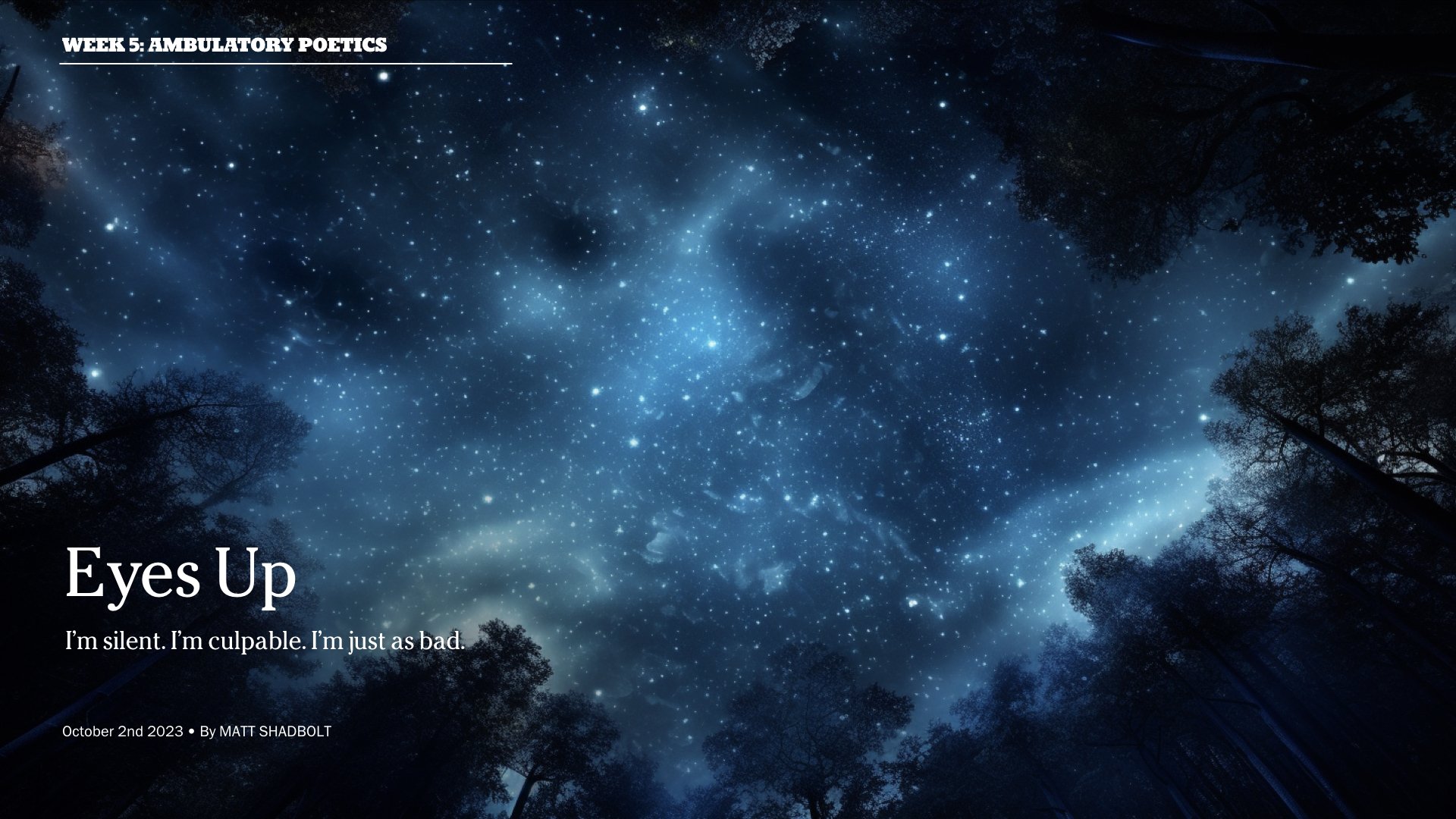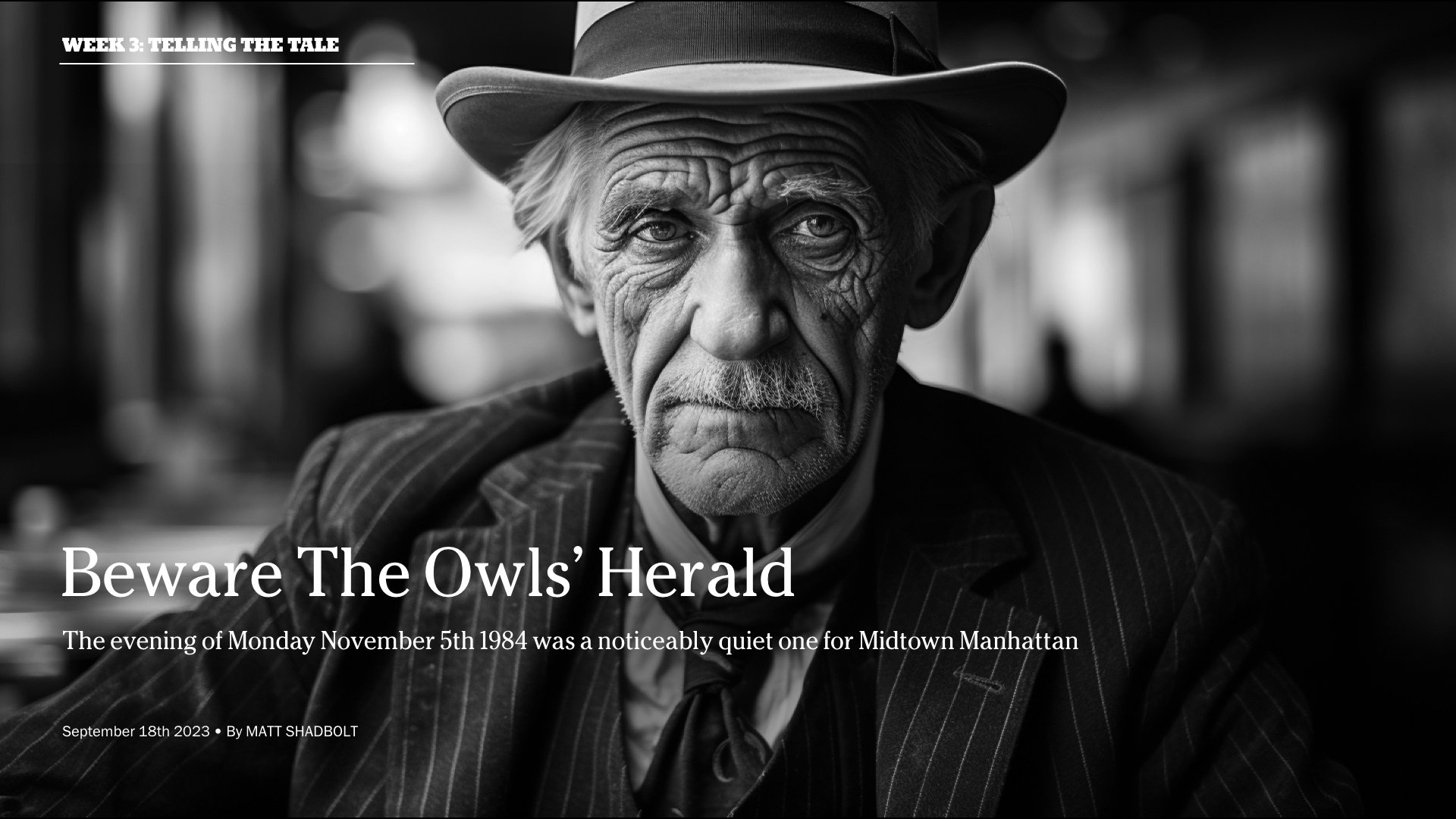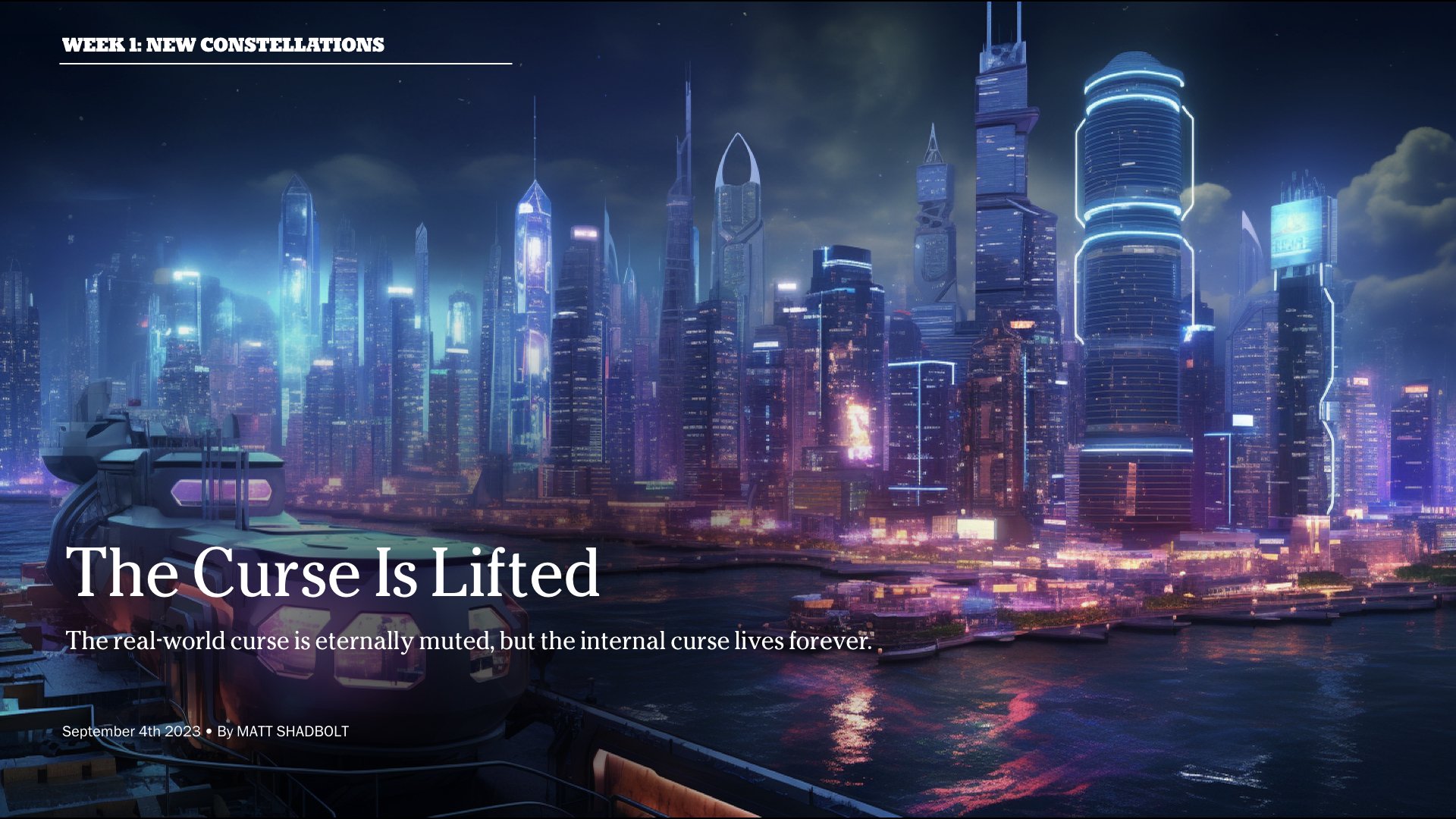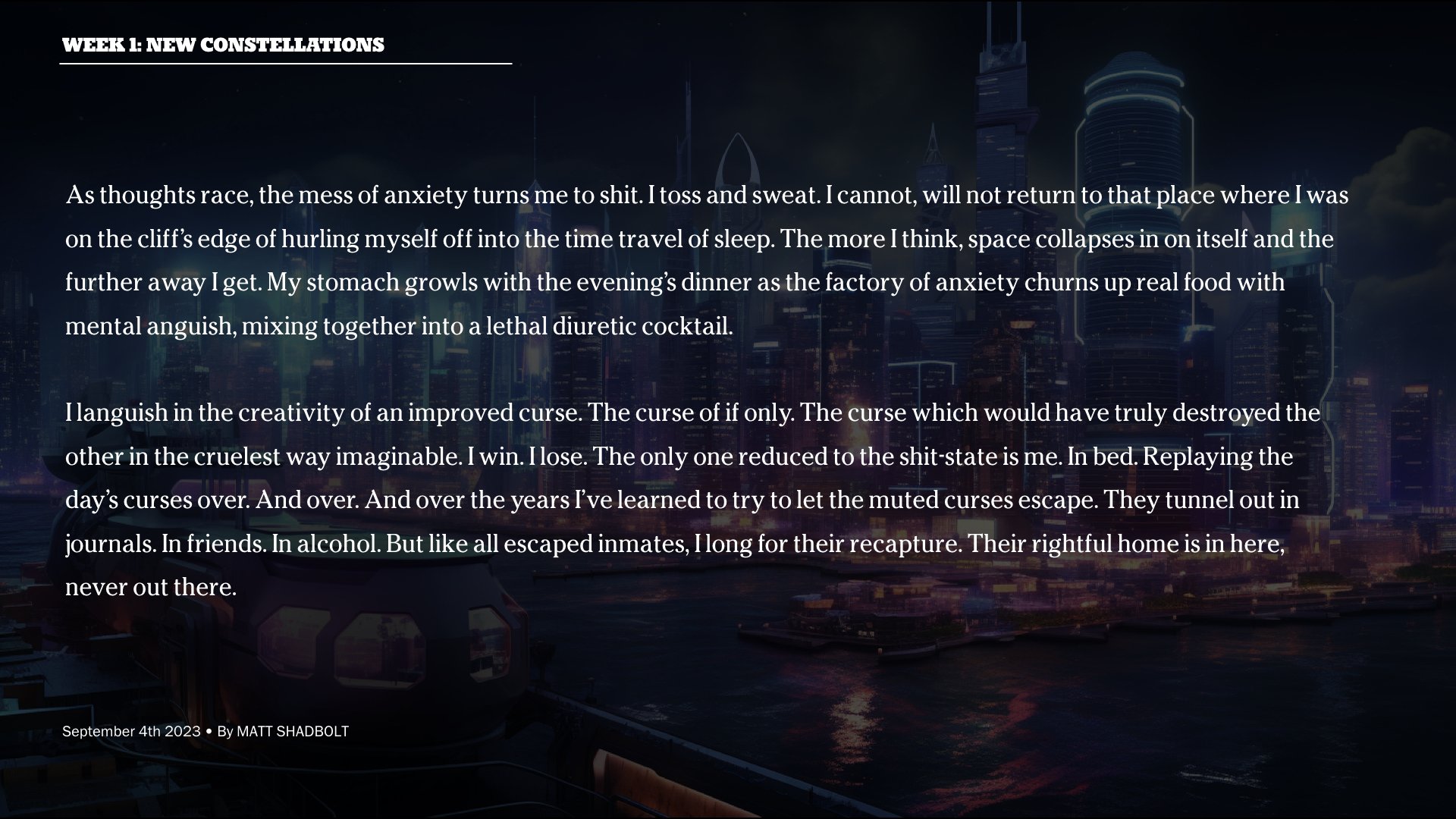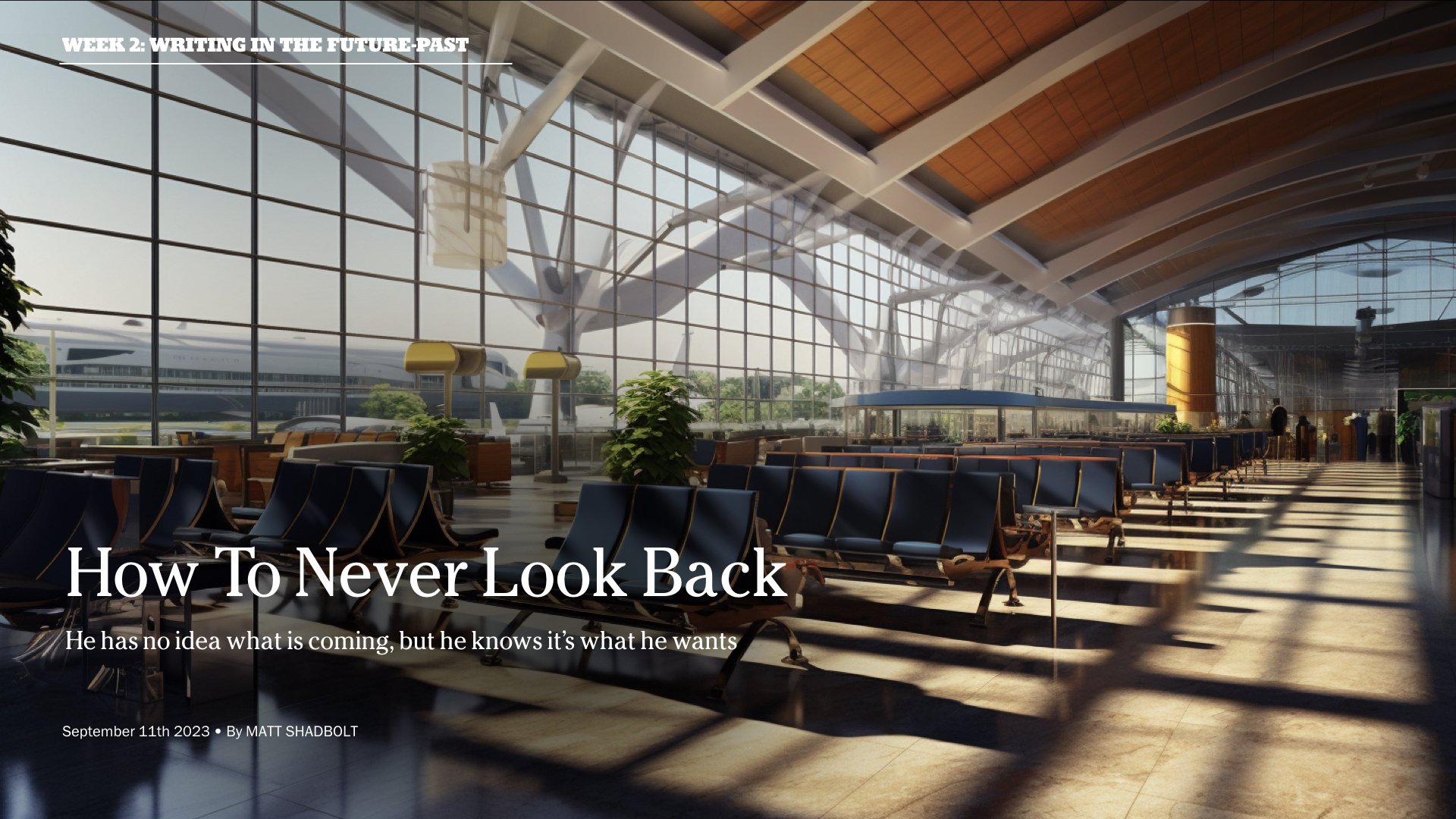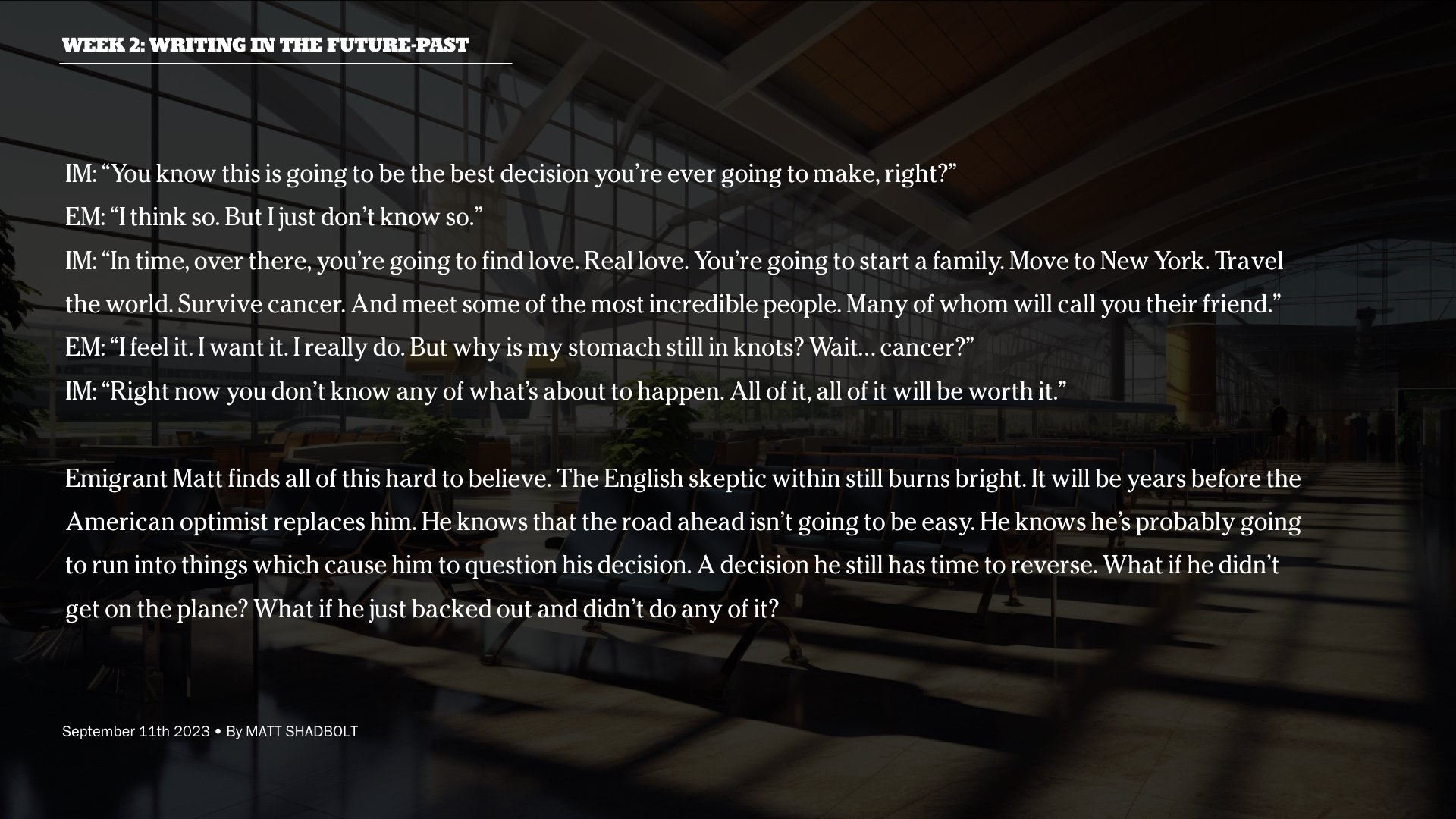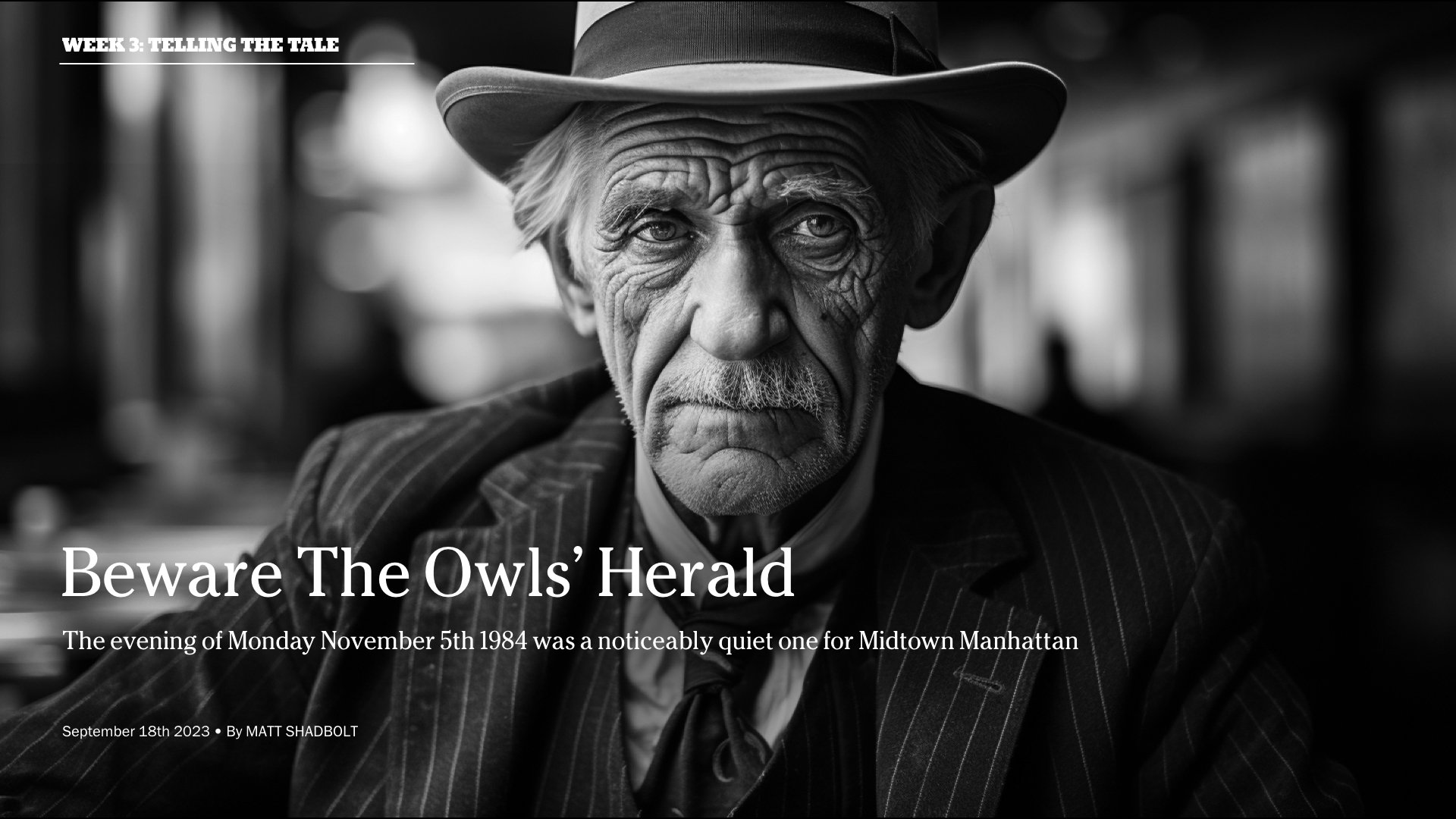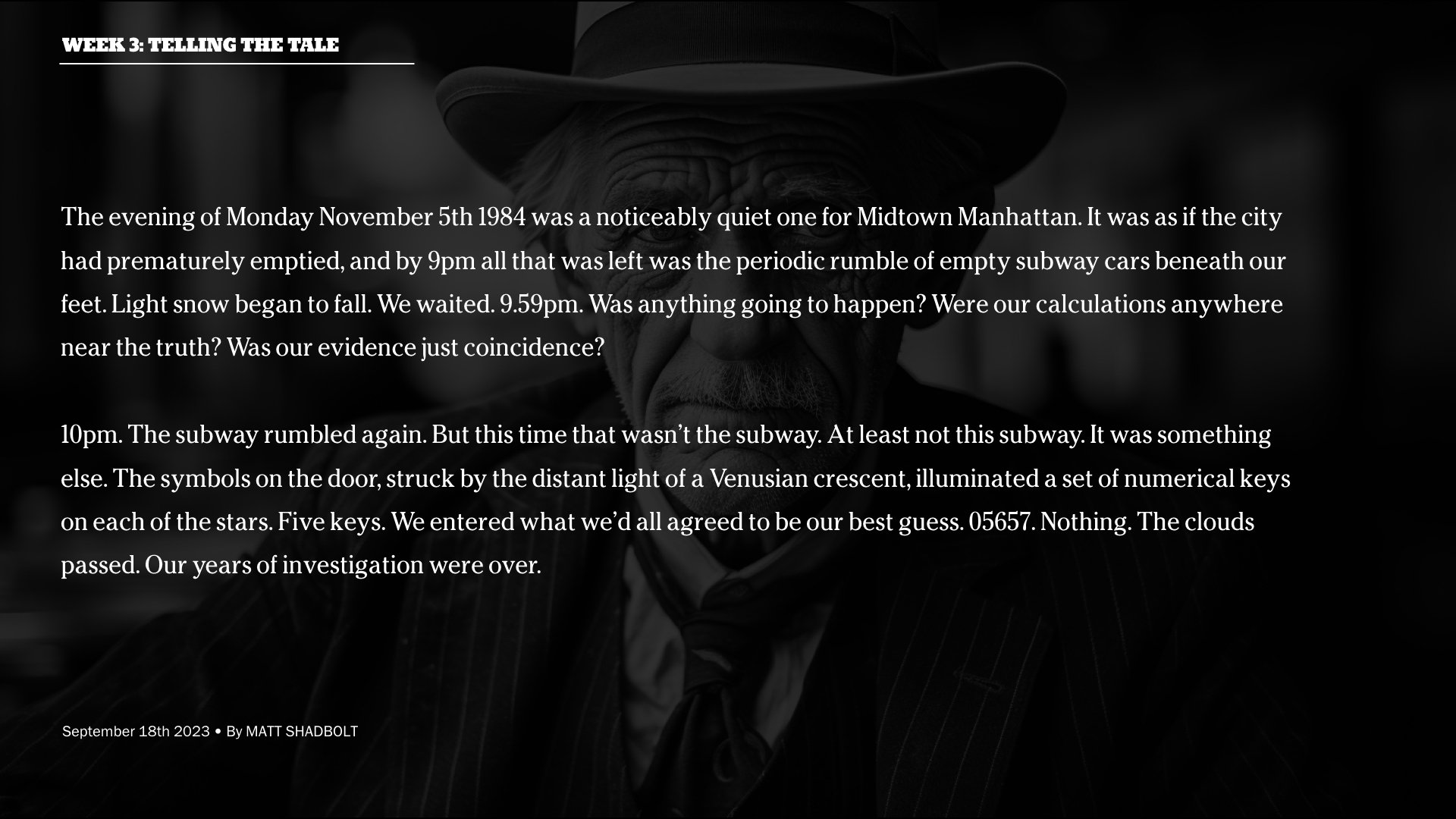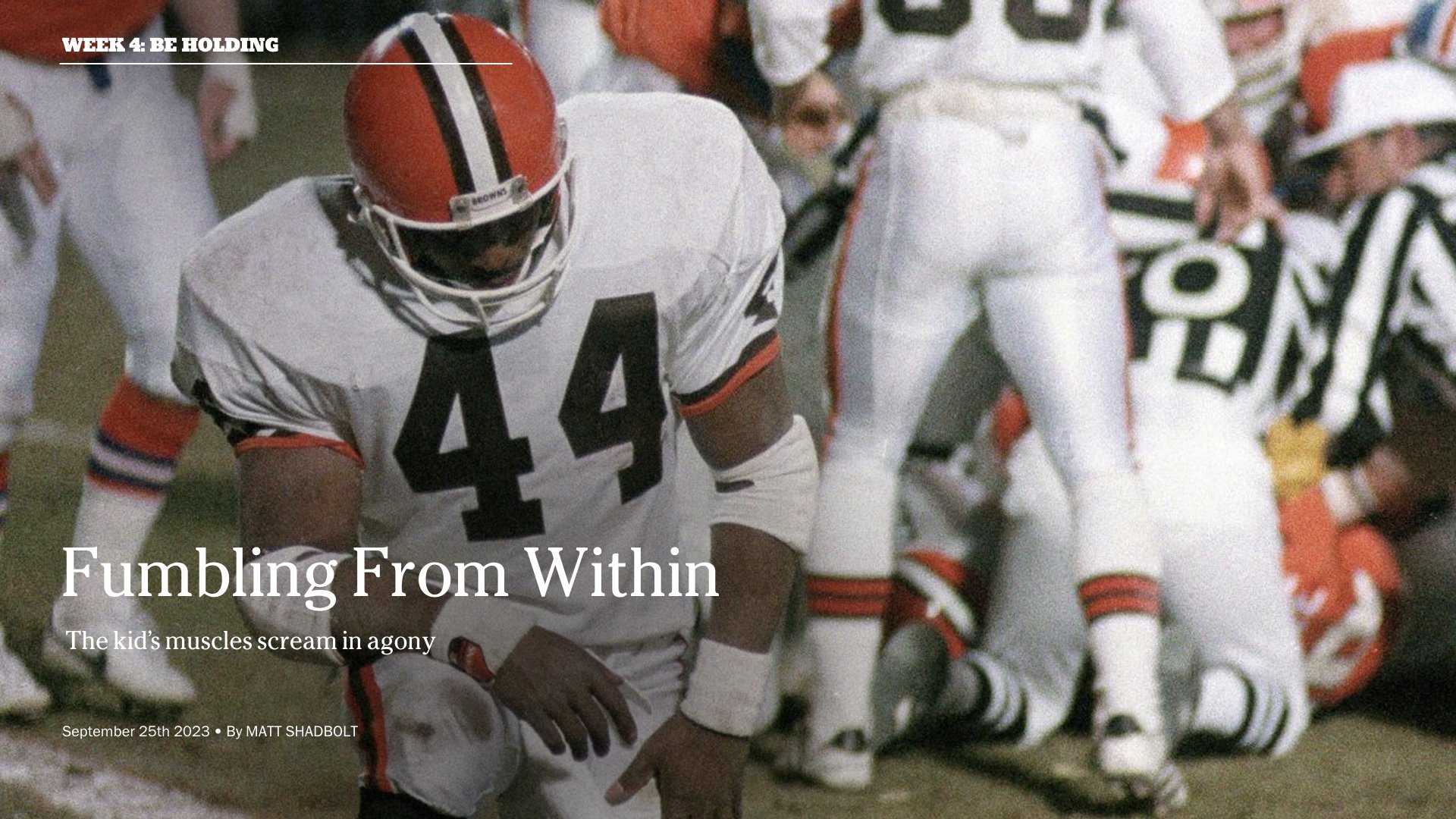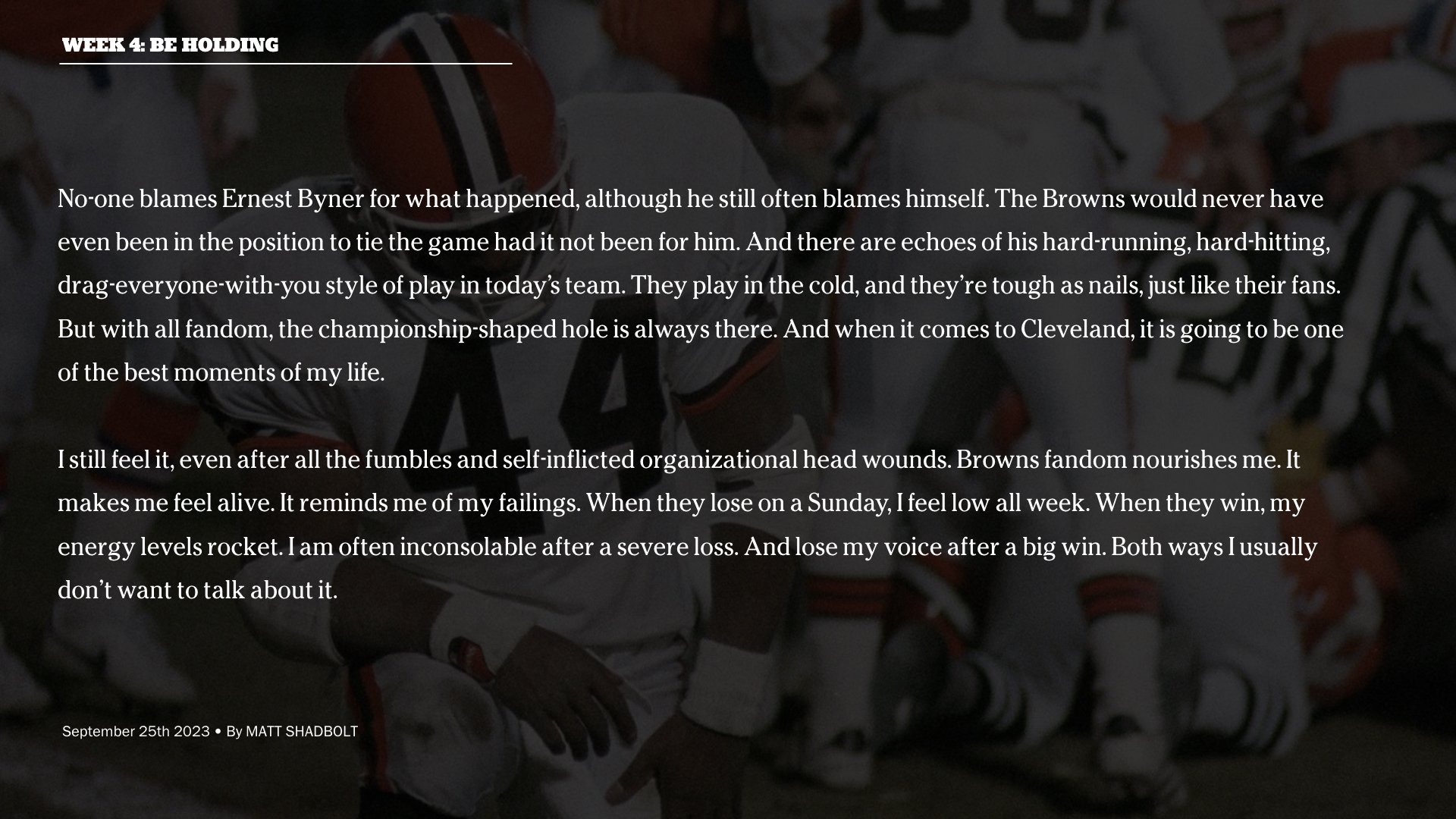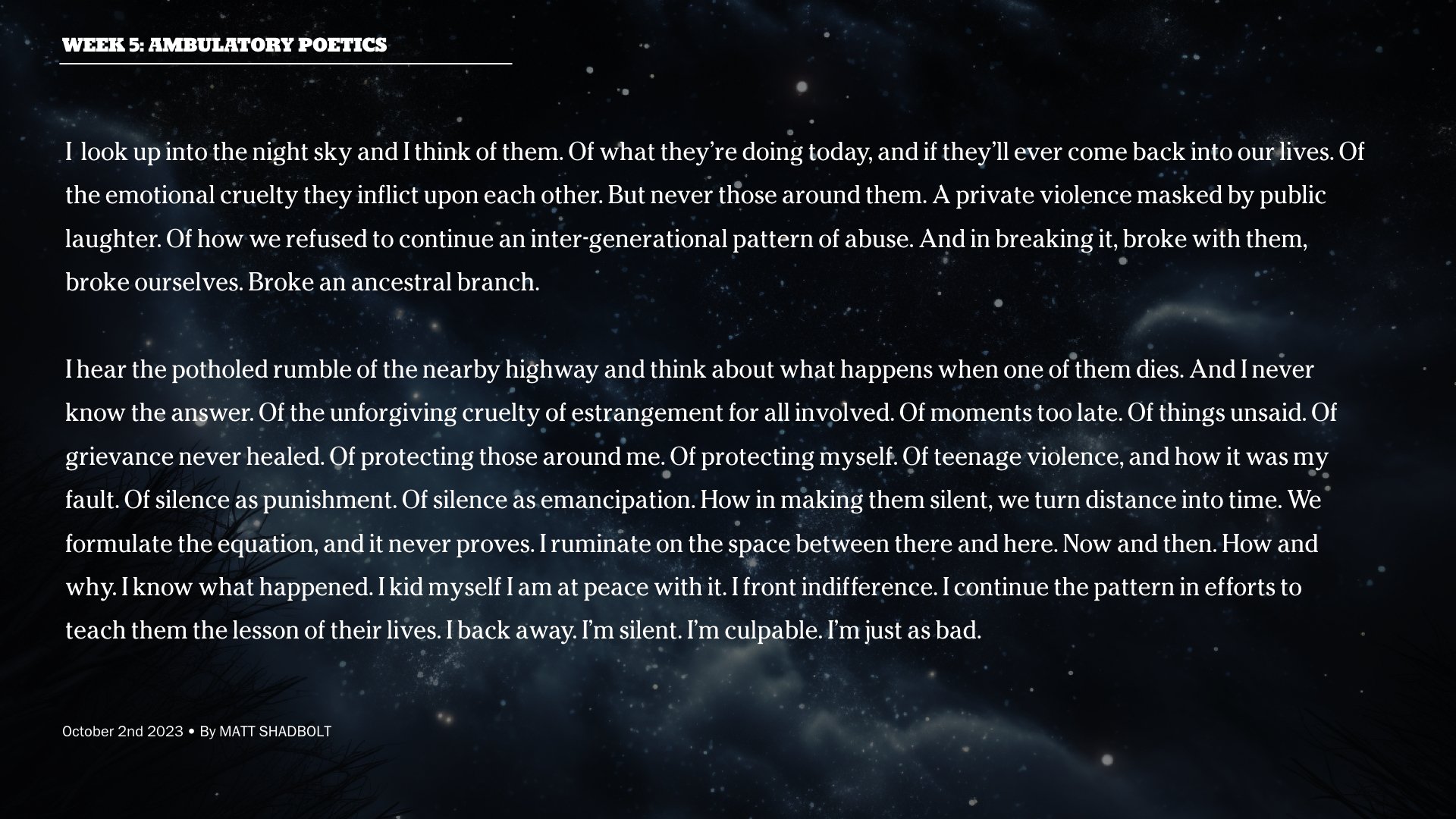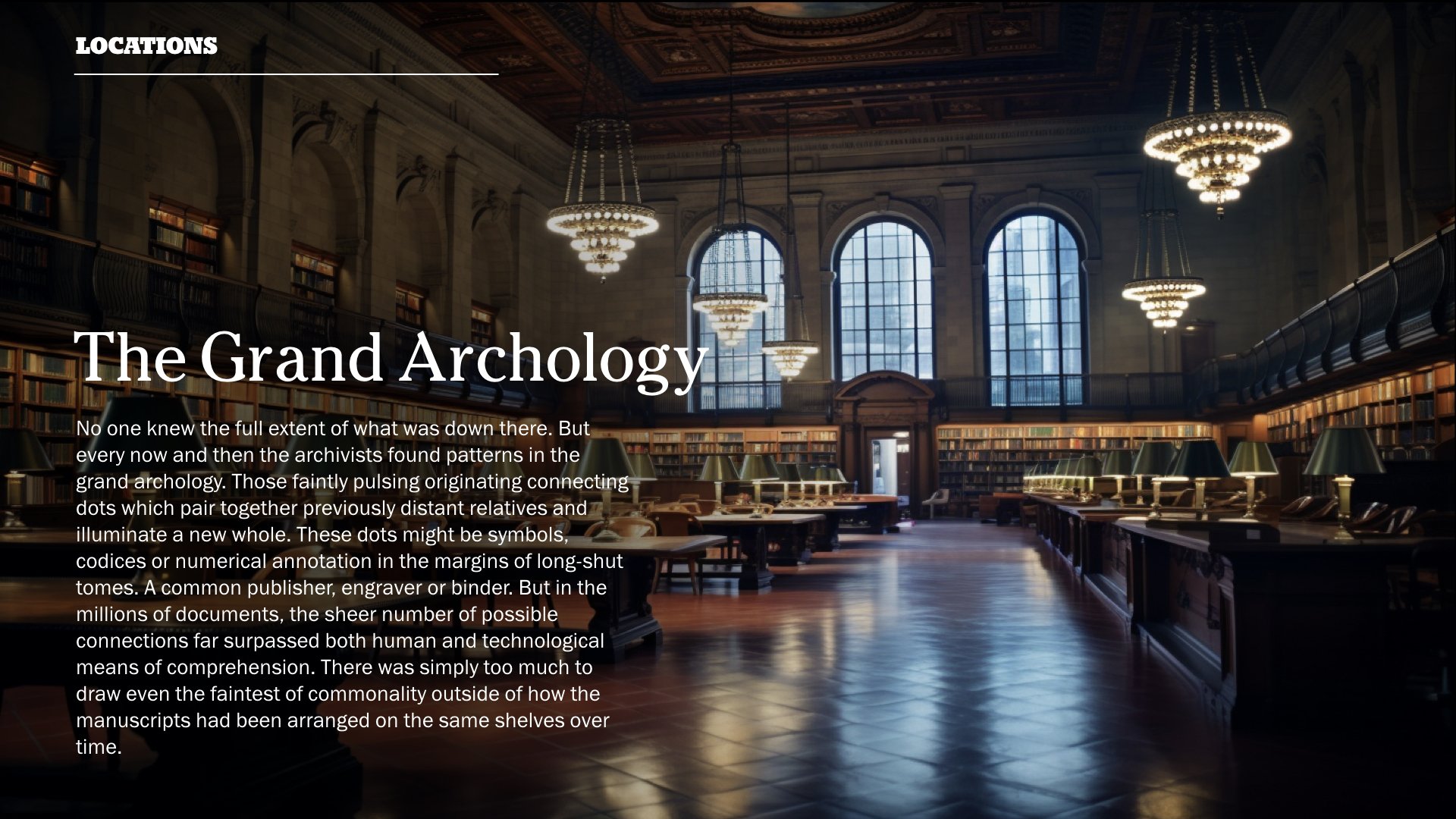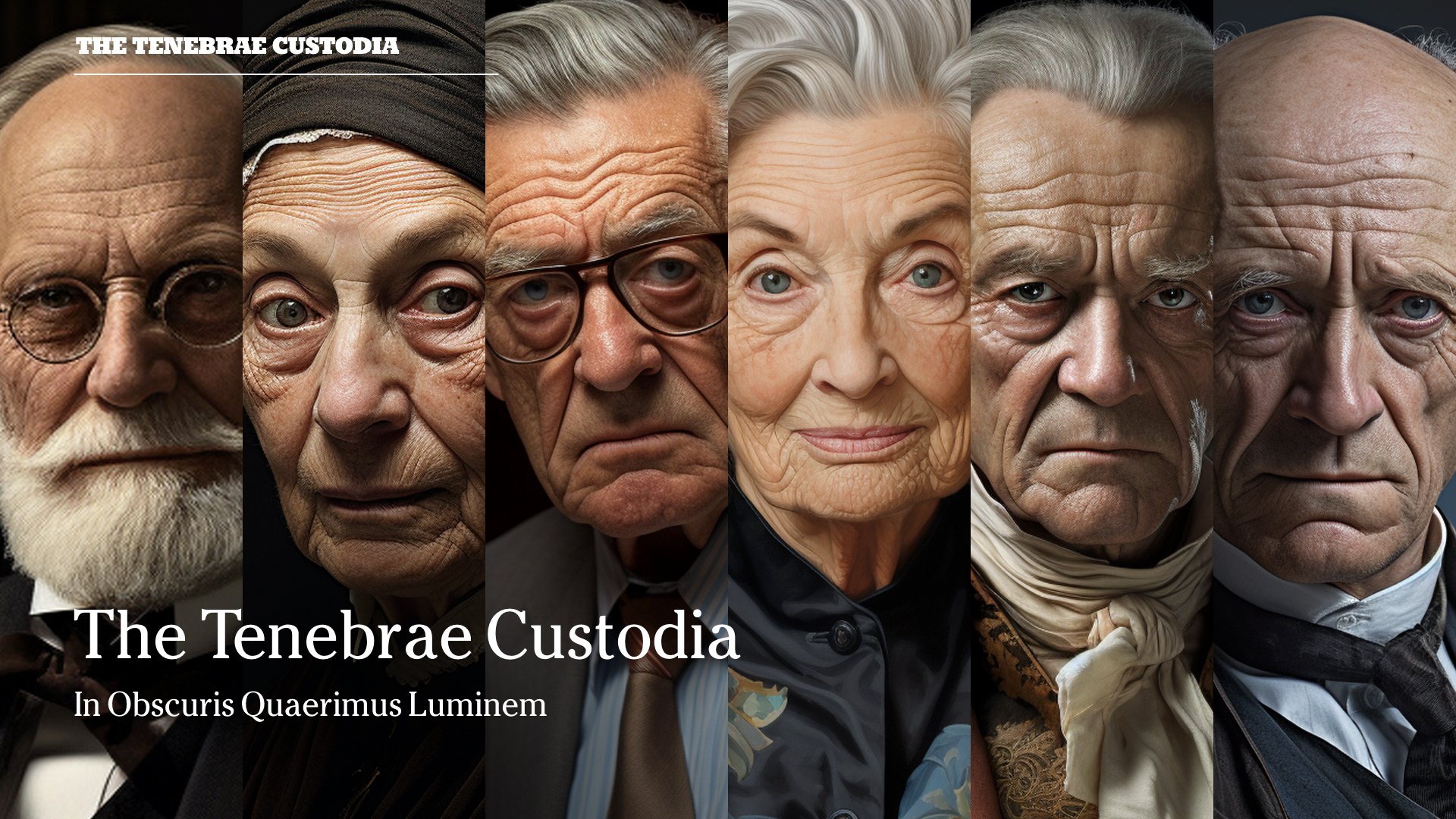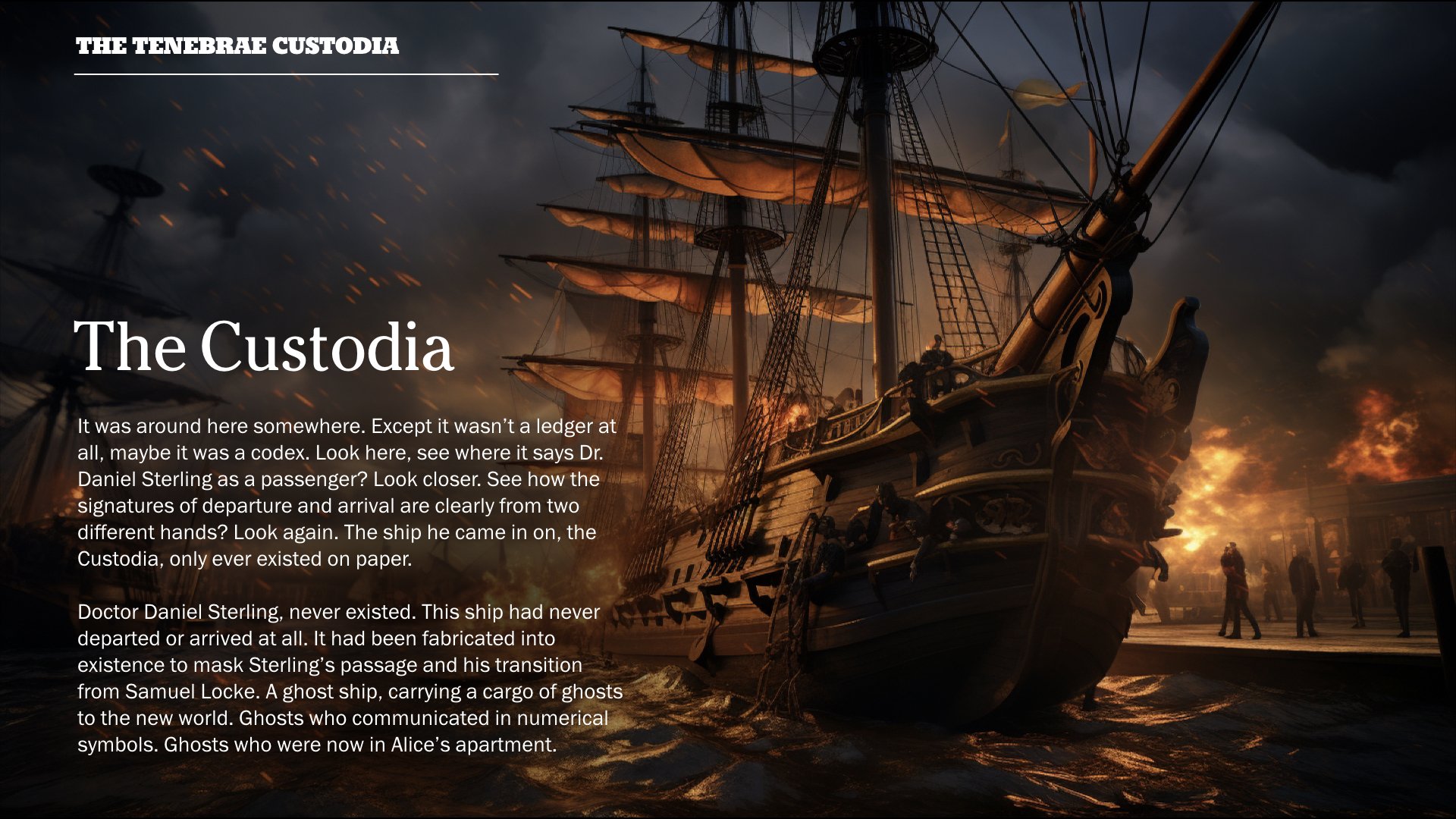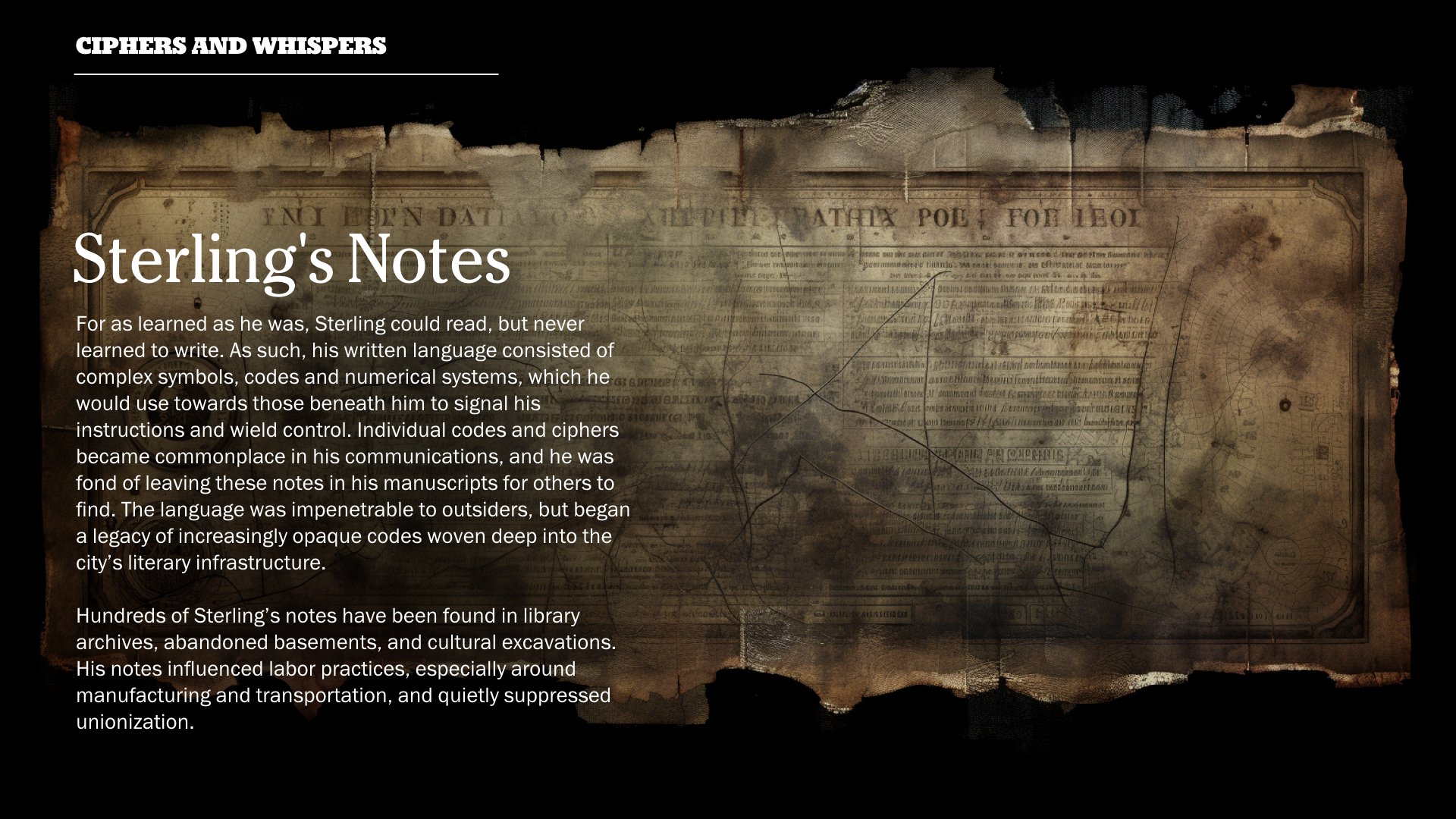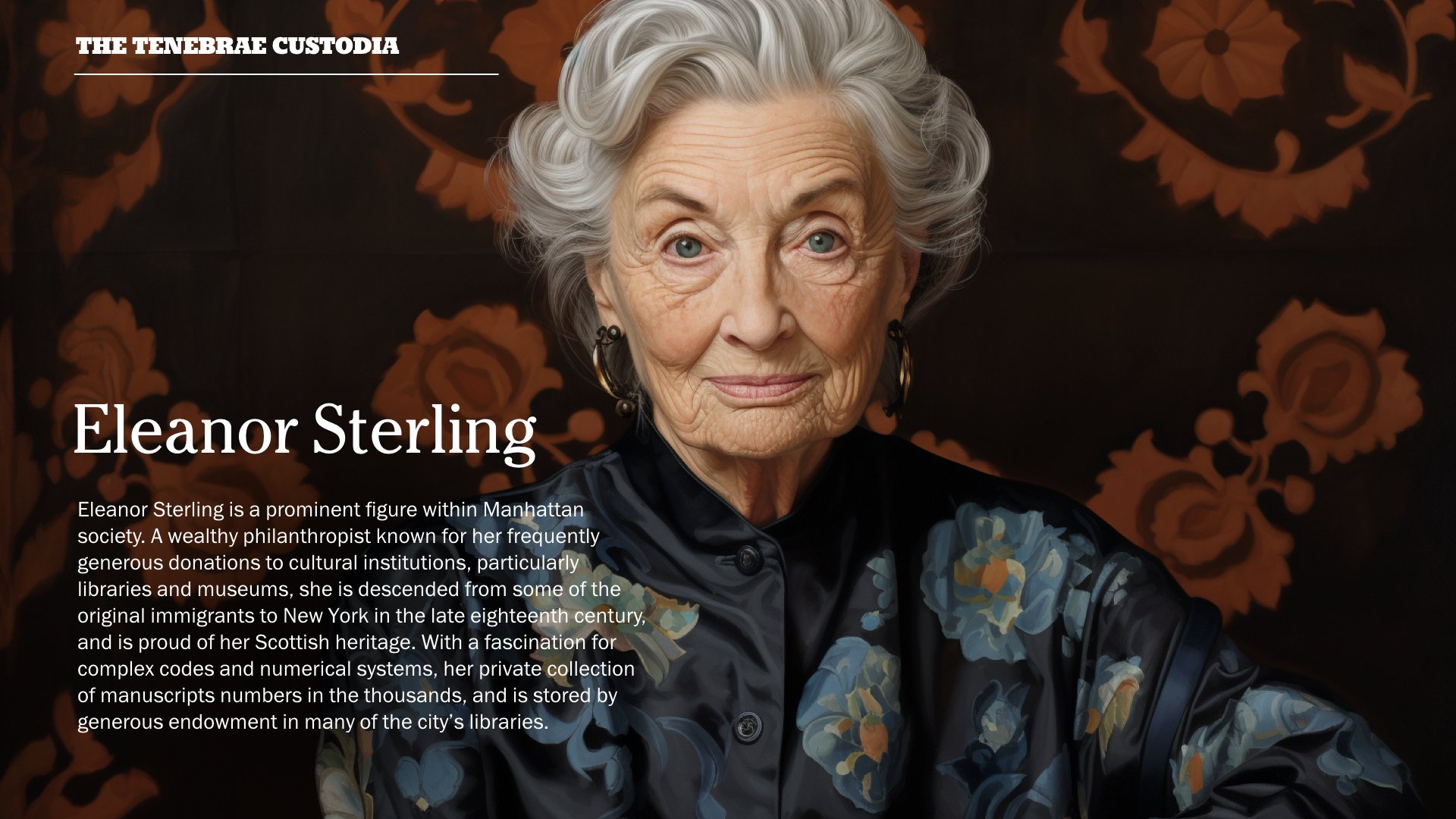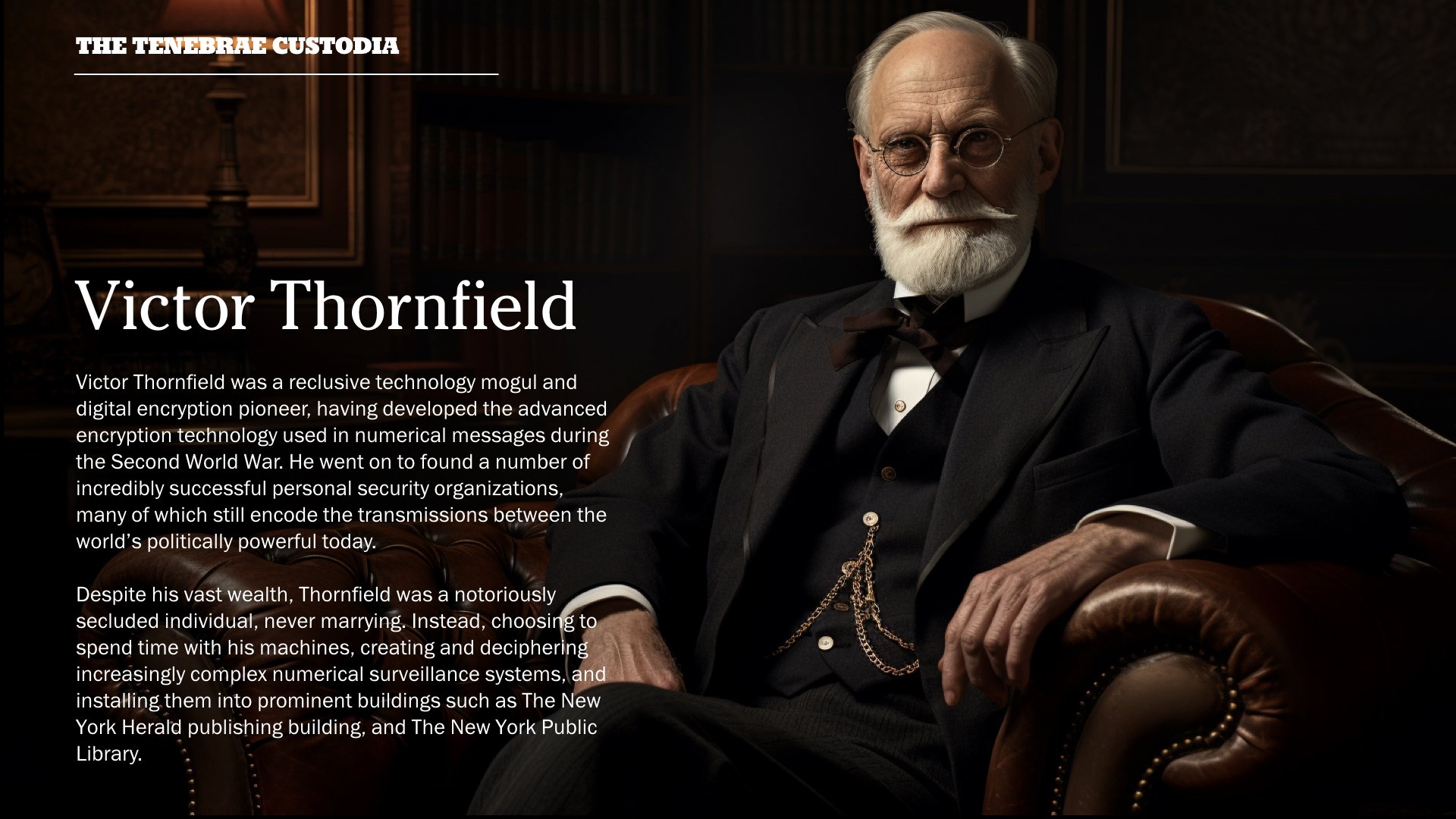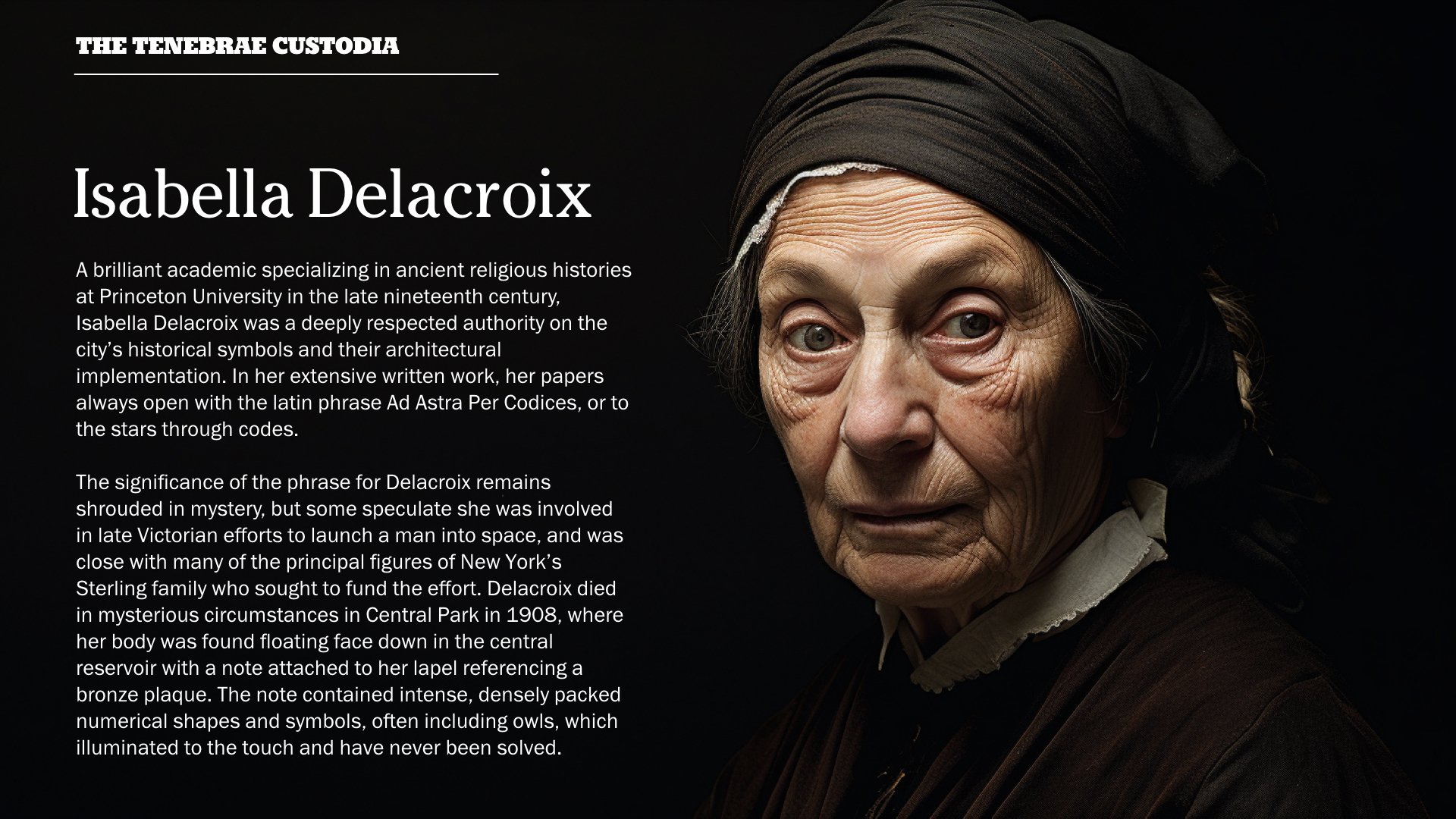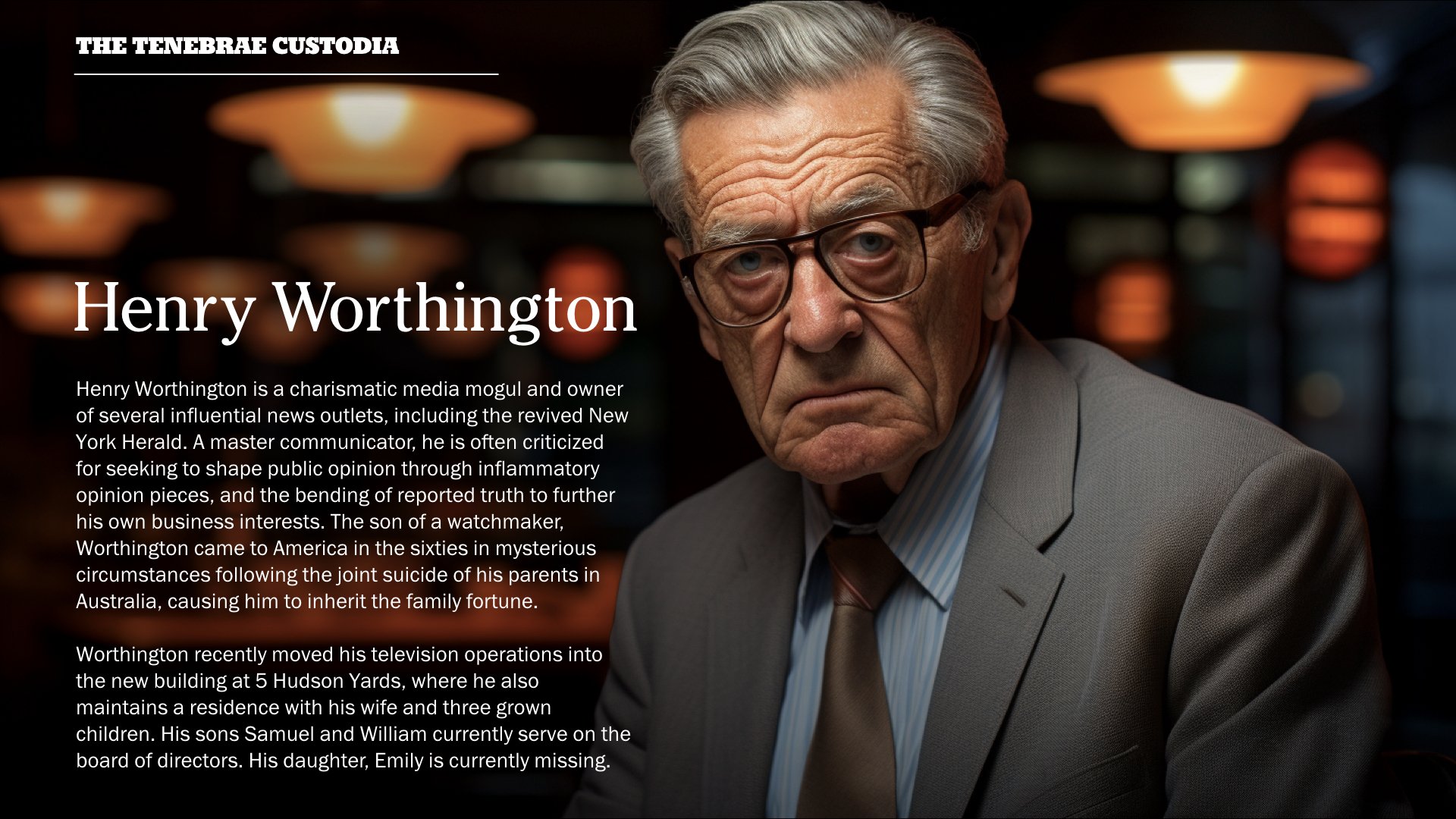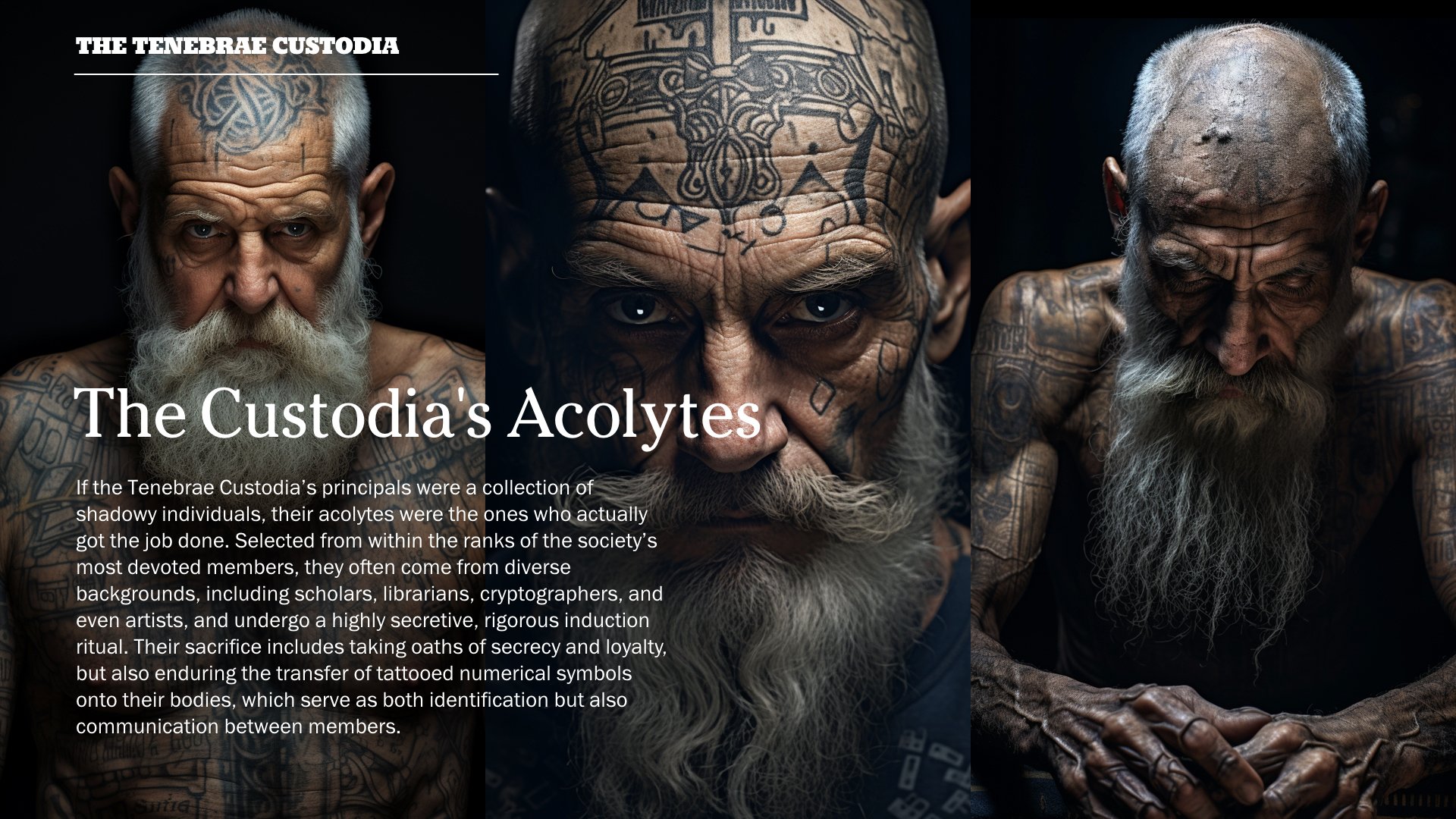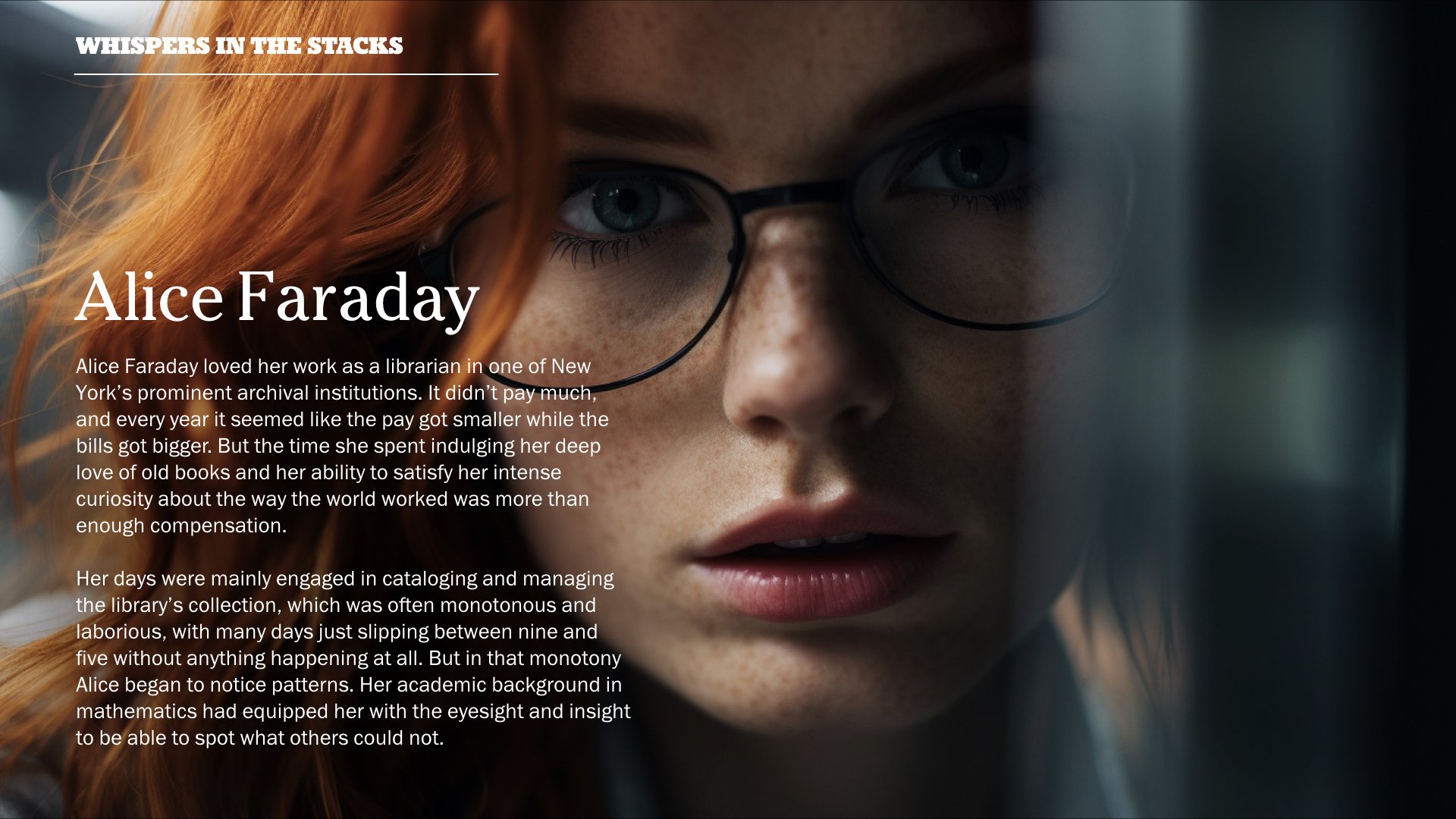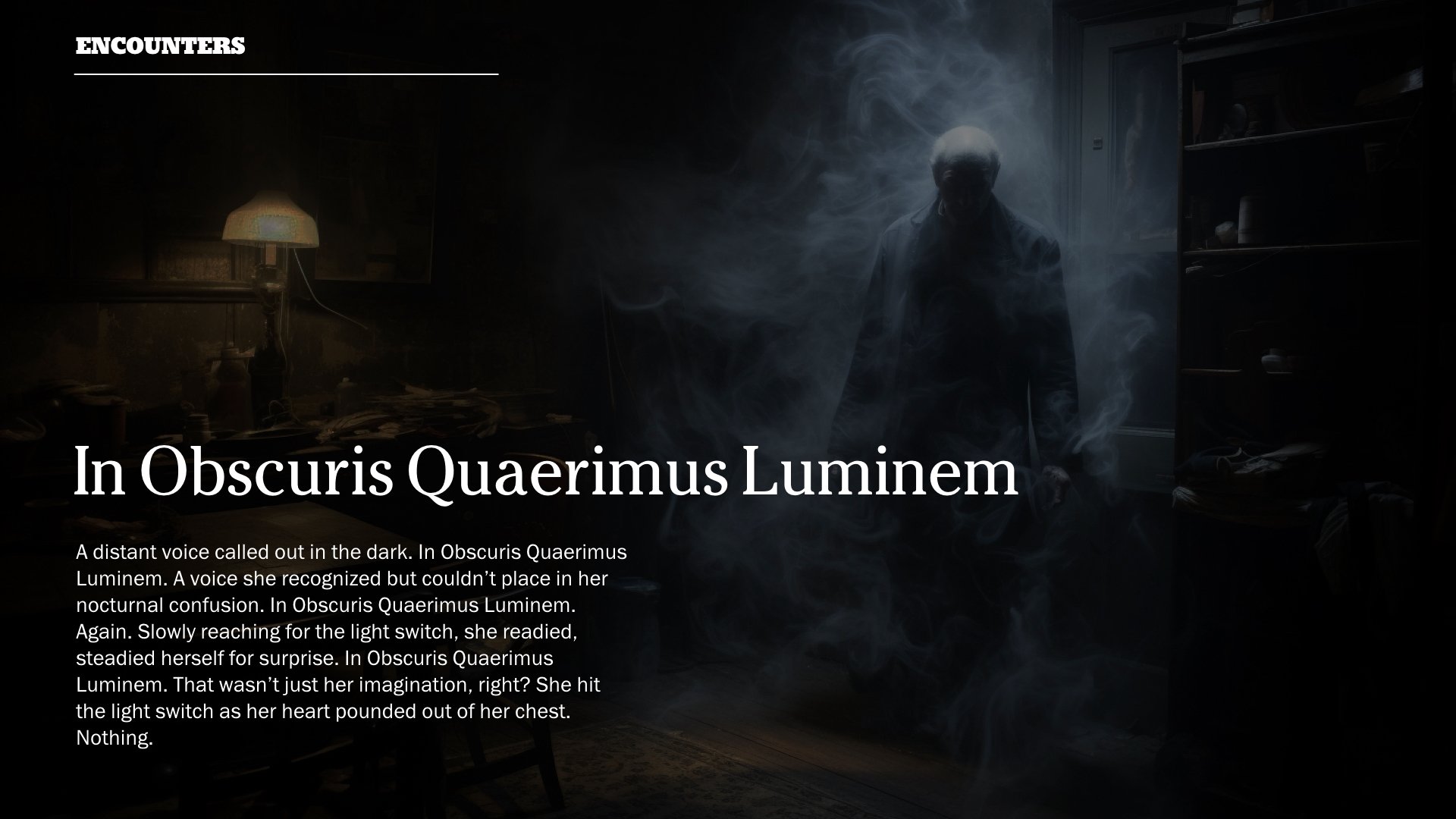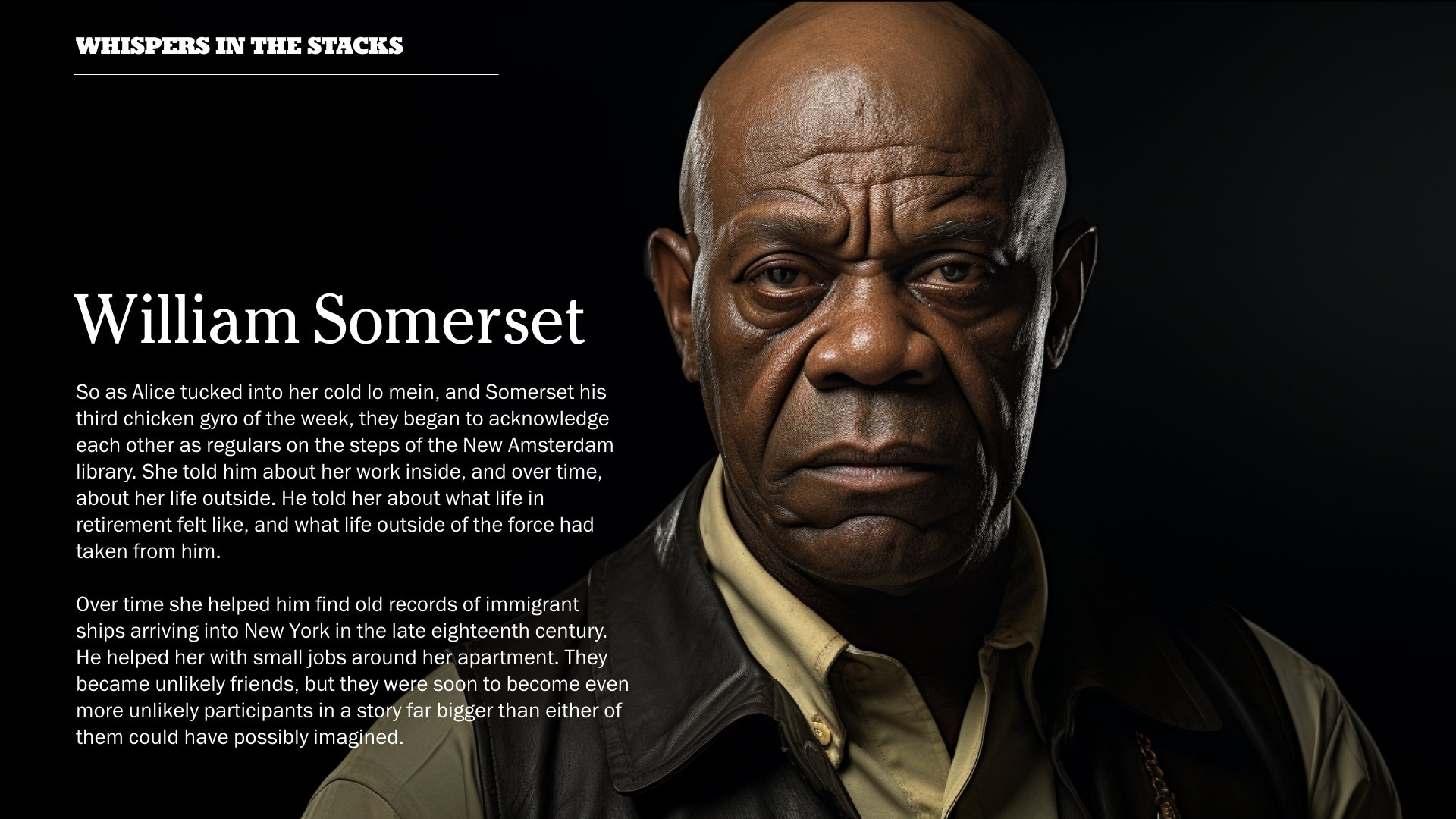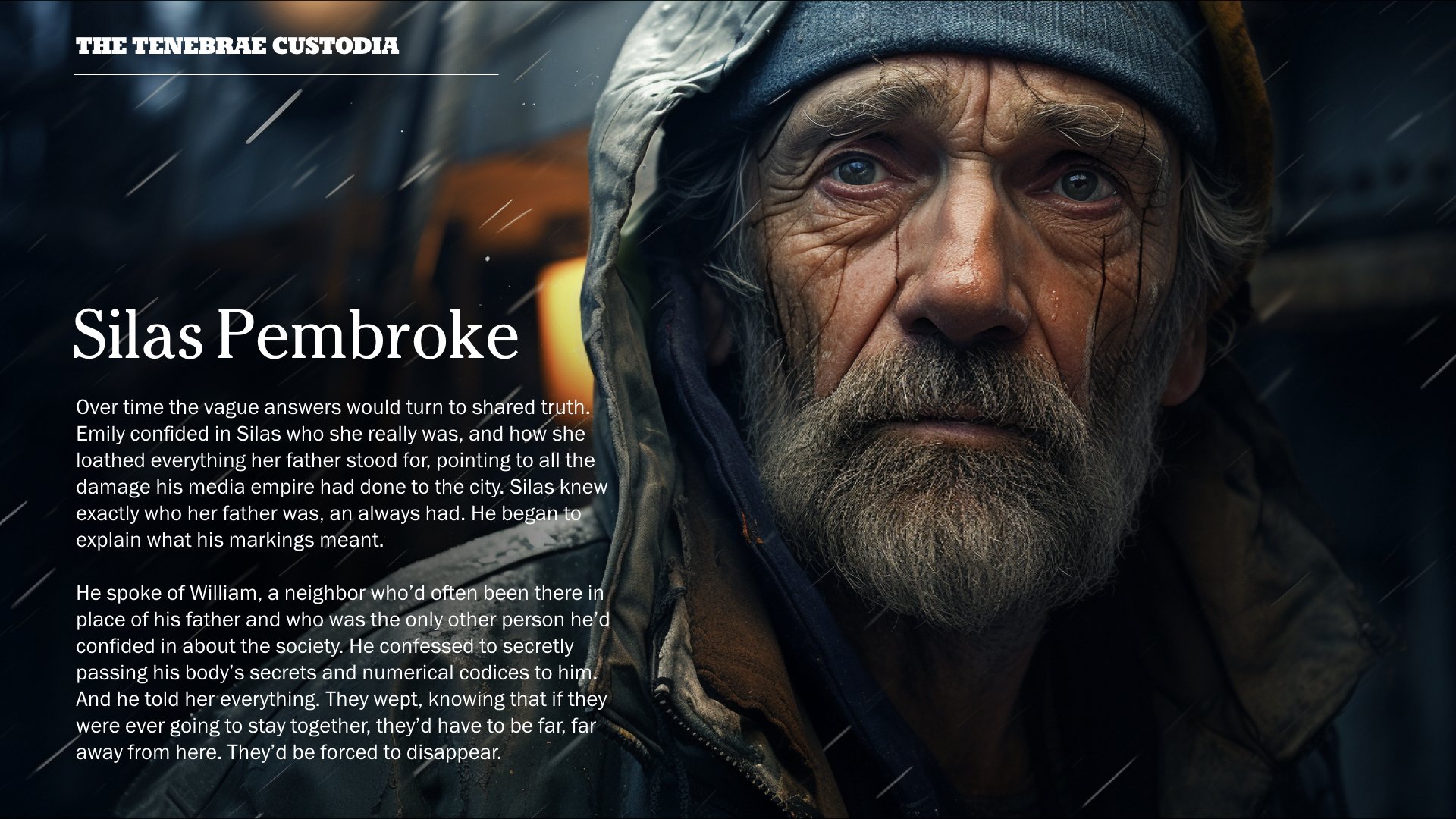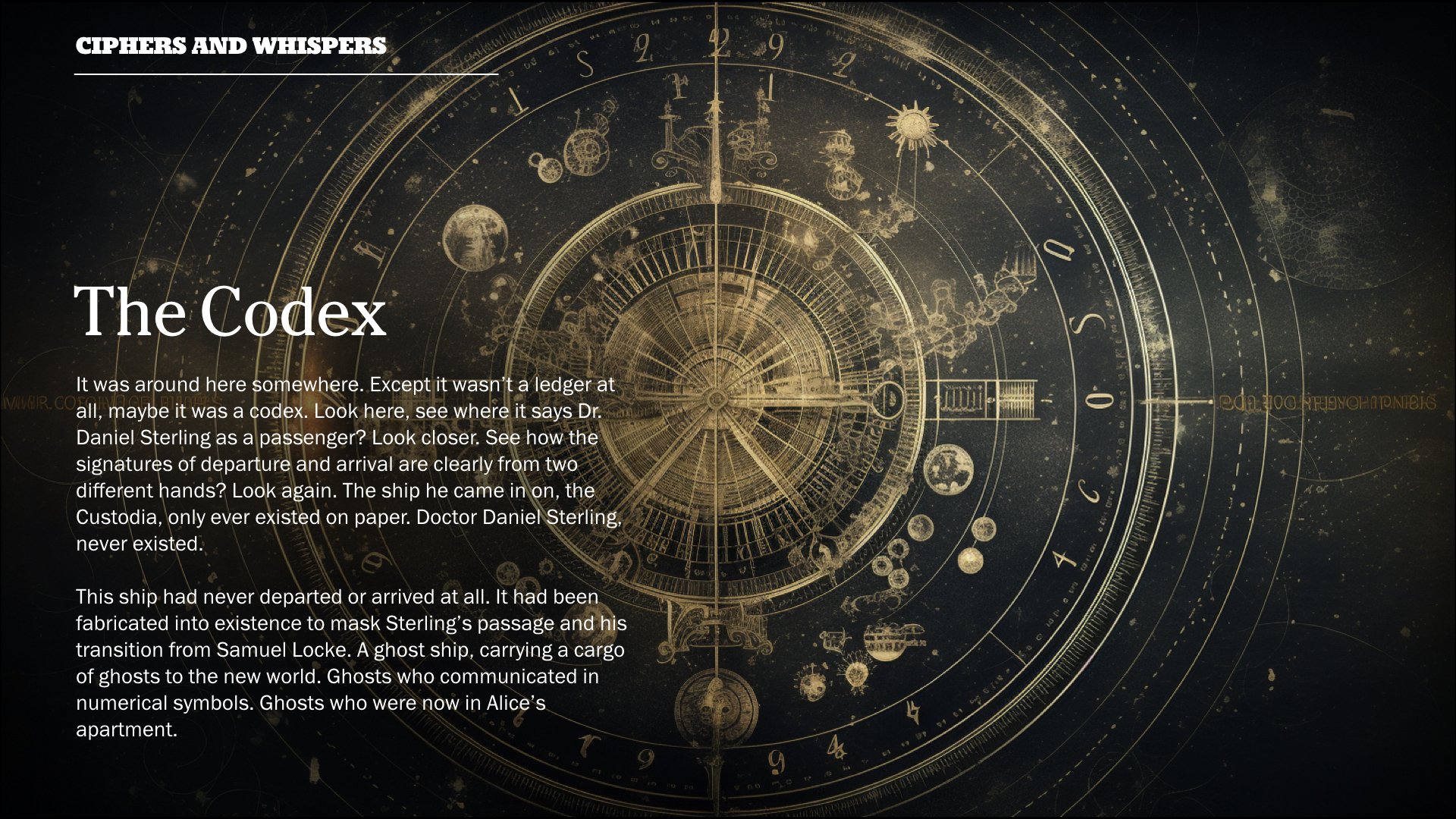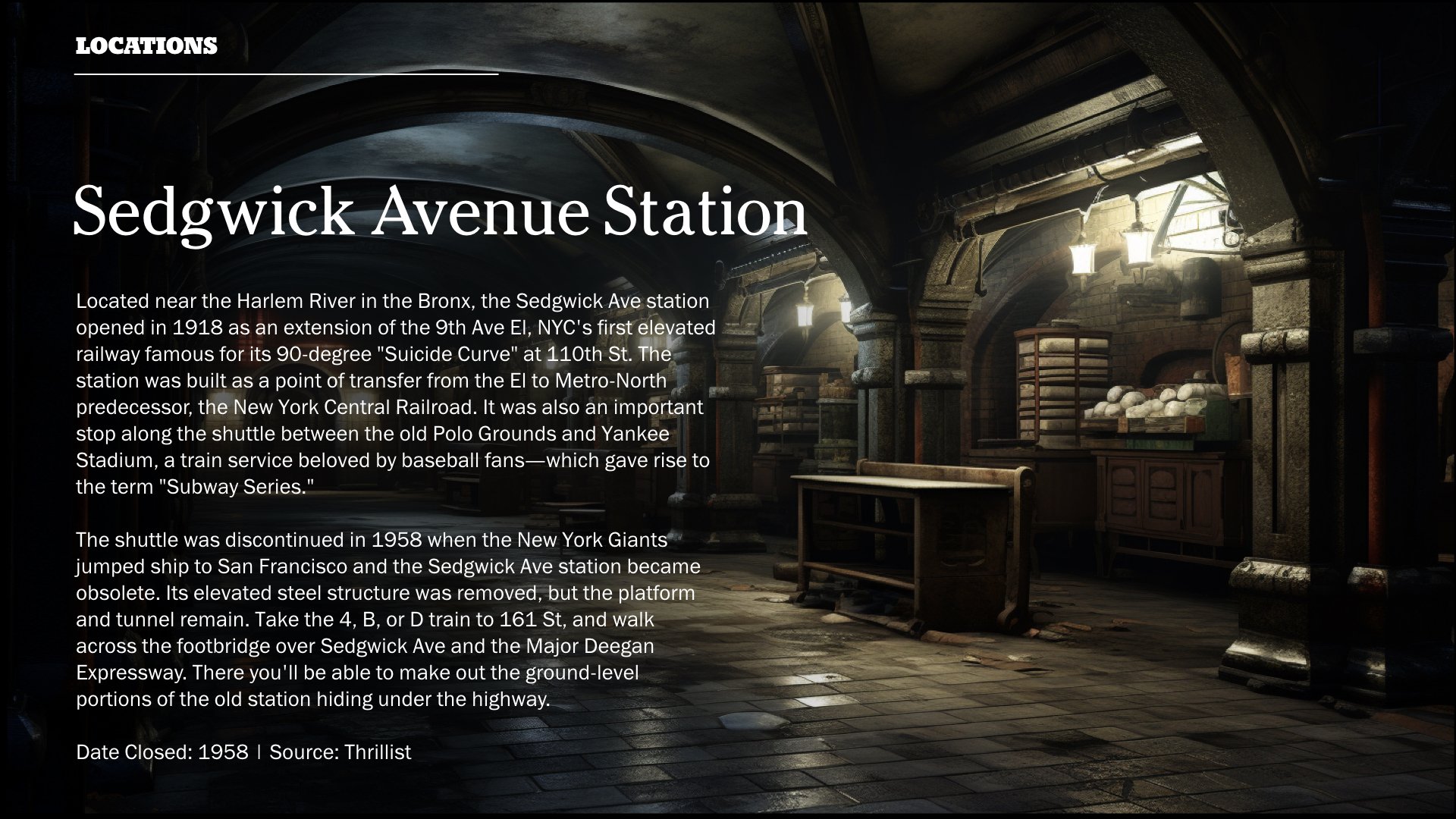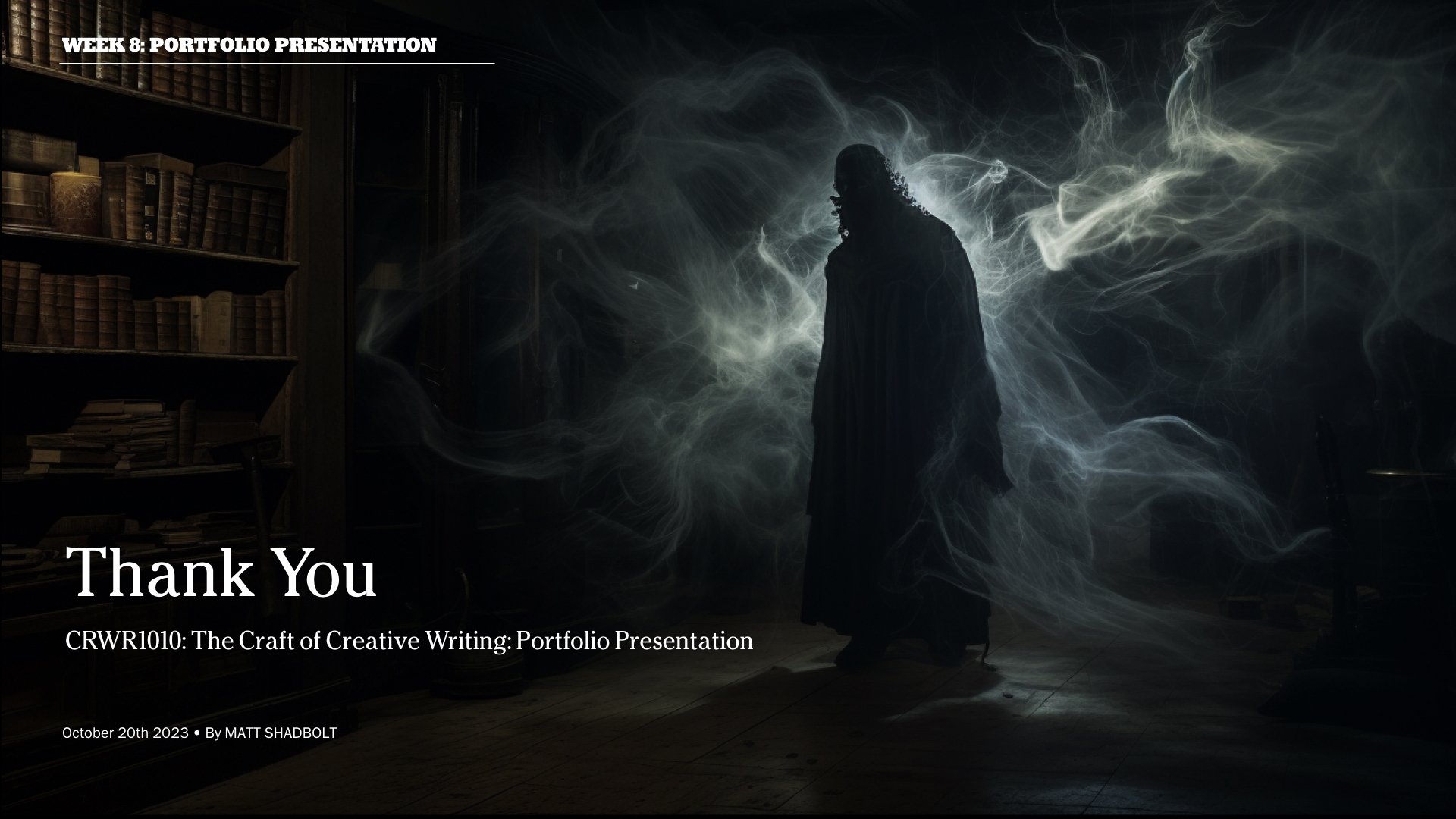I Am The Passenger: Portfolio Presentation
Process & Progress Statement:
At the beginning of class I wrote of my passion for telling stories. The epic, sweeping stories of mythology and belief, stories passed down orally and which still survive today in written form such as The Odyssey, The Theogony and the origin stories of faith. Of my love of Jorge Luis Borges' books, especially Labyrinths and The Aleph. Of how I'm more of a reader and a viewer than a writer, and how I'd love to change that. How my life's aspiration is to be able to independently write all day.
Seven weeks later, I am in a different place. A place where I’ve felt what it’s like to write all day and let a story sprawl beyond my control. A place less of passage and more of passenger. A place I got to in writing that is part time machine, sometimes truthful, and often joyfully bends reality. My passage has been deeply non-linear, swept along and blown this way and that, but often deliberately choosing to spend time in deep, deep diversion. Inspired by Ross Gay’s arrest of time in Be Holding, I’ve spent hours in the limbic micro-moments between spaces, choosing to help the reader look out of the window and lose themselves to the detail of the environment, or sharply focus them on the rules of the road.
There are three recent pieces which lean into these themes of passengerness. My barely-fictional ghost story of a locked door in Midtown Manhattan in Beware The Owls’ Herald, the ambulatory-motivated place I went in Eyes Up, and the sprawling, tangled world of The Archive Whisperer. In Eyes Up I’m a passenger into the past and the future as the dial spins on the time machine of getting lost in thought during a walk around town. It’s a place deeply rooted in the exercise of placing one foot in front of the other, but also losing oneself to the unanswered and unanswerable questions of one’s life. In it, I’m a passenger on a train, lost in thought as the countryside of memory speeds past.
My process is highly iterative, and leans heavily on the editing process. I write swiftly, getting as much down as possible as early as possible. And then going over everything top to bottom, bottom to top, rearranging, removing, sharpening and clarifying. The act of writing contrasts heavily with the process of editing. One takes hours, the other takes weeks. I do this over and over until I can be at peace with a paragraph. I am intensely restless and ruthless in my editing. Not for length, but for style. I look for opportunities to foreshadow. To connect back to something much earlier. And those moments of joy I can offer the reader along the way.
In Beware The Owls’ Herald, the tone is encyclopedic and authoritative. A truth is being told. Until it’s not. I am fascinated by the uncanny twisting of the familiar into something ever so slightly different that it changes everything. In this case, it’s something so familiar that thousands pass it every day without a thought, but in that familiarity lies something deeply sinister. Something trying to get out. Something which requires a moment, a code, to unlock. Almost all of the story is grounded in reality. The characters, places and events are all historically accurate. All except the attempt to open a secret door. In these moments of invention, I have lost myself to the writing, conjuring a reality which surpasses my own. Building a world where I can bend space and time, and bring to life the supernatural.
These same ideas expanded in The Archive Whisperer, which was consciously set in the same world as Beware The Owls’ Herald. Except this time there is an identified protagonist, a more deliberate non-linear narrative which weaves and bends around a fragmented story arc, and offered the opportunity to incorporate more visual aspects in bringing the world to life, which I created through generative artificial intelligence. The Archive Whisperer is more temporary pause than destination arrived, and opens the door of potential into what might be a vast future project. It is more prologue than chapter. It also offered me the opportunity to experiment with form. Organizing the work into individual biographies and back stories, woven together with detailed description of place and object. Macguffins abound, but there is a consistent through line, inside which the reader is invited to recognize the occasional moments from the more encyclopedic entries in deepening the richness of their understanding of its world. Inspired by Borges, Tolkien and Lynch, it twists reality to tell a story about hidden power.
What I want to keep in mind is to keep going. This is the post-it note attached to my laptop. To deliberately, consciously carve out those spaces to write. To lose myself down the rabbit hole of a story of my own making. To strike a balance between the consumption of others’ stories and the ones I’m choosing to tell myself. But also to be generous in that effort. To understand that some days it’s just not going to happen. And how that’s OK. That losing oneself to the writing isn’t the same thing as remaining confident in what I’m saying. In how I’m saying it. And how everything still needs to be there for a reason. Sometimes I’m willing passenger. Sometimes I’m just passing through. But the body of work I’ve created over the past few weeks is a marked catalyst for change. It’s highly reflective of what I want. Of who I am. And most of all, what it feels to be the best version of me I can possibly be.


